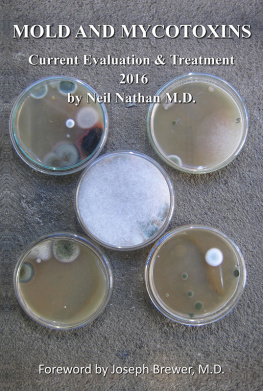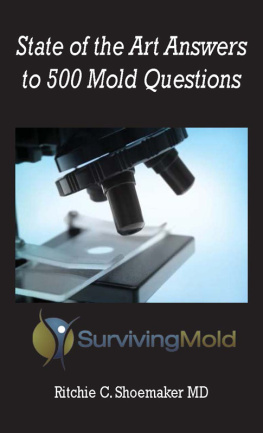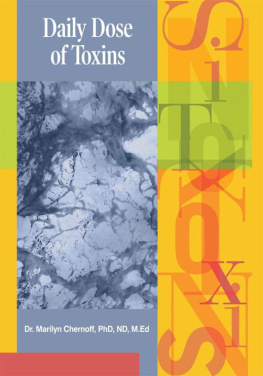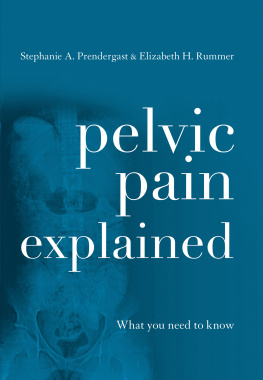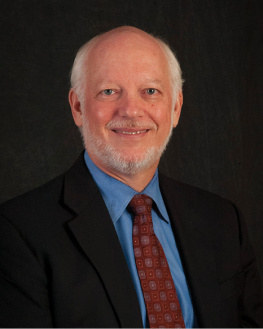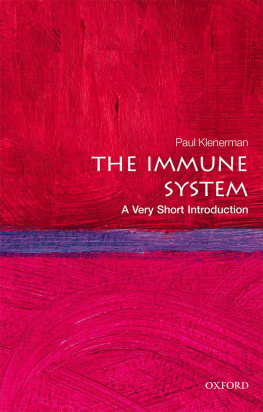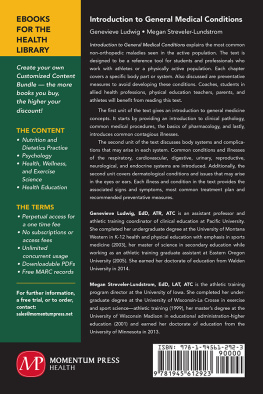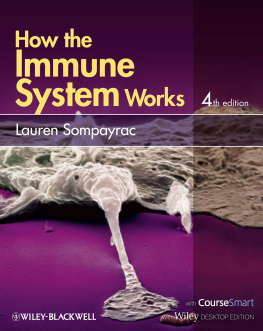ISBN: 9781483575827
TABLE OF CONTENTS
Foreword
Over the past few years, medical research has demonstrated the numerous health consequences resulting from exposure to molds and in particular toxic mold. Mold exposure has been shown to be associated with fungal sinusitis, abnormalities in T and B cells, central and peripheral neuropathy, asthma, sarcoidosis, respiratory infections and chronic fatigue syndrome. We have found a particularly strong association between chronic illness (prototype being chronic fatigue syndrome) and mycotoxins (Brewer, J, et al, Toxins, 2013).
Dr. Neil Nathan and I have known each other for a number of years and we have both shared a common interest in patients with chronic illnesses such as chronic fatigue syndrome, fibromyalgia and Lyme disease among others. We have both realized that many of these patients have mycotoxin-related clinical syndromes that may represent a key aspect in the pathogenesis of their illnesses. In some cases mold may be the major player in the illness, whereas, in others the mold may be a partial contributor in a more complex setting. Certainly, many of these patients are very complex and require an integrated approach to the illness, frequently requiring that the practitioner address mold and mycotoxins.
In this book, Dr. Nathan presents a practical, hands-on approach based on the medical literature, the experience of other practitioners that have dealt with mold related illnesses, as well as his own vast experience with these types of patients. He provides a plethora of pearls and excellent clinical advice in addressing this relatively new but increasingly important aspect of these complex patients. I applaud his efforts to help other practitioners recognize the importance of mold/mycotoxins and integrate effective treatment protocols for these patients into their practices. Our thanks to Dr. Nathan and his efforts to search for better health for all our patients.
Joseph Brewer, MD
Plaza Infectious Disease and St. Lukes Hospital
Kansas City, Missouri,
July, 2016
Preface & Disclaimer
I have written this book in response to an outpouring of requests from both health care providers and patients----for a clear, updated discussion about what is currently known about the diagnosis and treatment of mold toxicity.
This is a rapidly emerging field of medicine, filled with controversy (as are most emerging fields). Much of the controversy revolves around what is not yet known with scientific certainty about this information. From my perspective, while it is a bit presumptuous for me to take on this task, it is necessary that we begin with what we think we currently know and proceed from there.
As with all newly realized bodies of information, there are those who bemoan the dearth of scientific proof or evidence and are understandably reluctant to act without it. And, there are those, like myself and many others, on the front lines, who have recognized the epidemic of mold toxicity and biotoxicity for what it is and are trying to help our patients using what information we do have as a basis for diagnosis and treatment.
The resolution of these controversies will resolve with the passage of time and the accumulation of a lot more research. For now, I can only present the best information I have gleaned, studied, and synthesized from my work with hundreds of patients who have improved their health using this approach. The best evidence I can present to you is that most of my mold toxic patients have greatly improved their health; many have been cured. It is therefore my hope that this information will be valuable right now to those who are suffering and for those health care providers who are courageous enough to treat them.
Knowing how quickly this information is growing and changing, it is my intention to update this material on a regular basis to keep it as current as possible. I cannot emphasize enough that this book is a work in progress and is not be construed as a diagnostic or treatment manual. It does not provide medical advice: that can only come from your treating physician. It simply reflects our most current thoughts, ideas and experience. I also want to note that I have no financial ties to any laboratory, pharmacy, or supplement product that will be discussed.
I would like to emphasize, from the beginning, that the patients that I now treat are much more toxic and sensitive than many of the patients that will present to most health care practitioners. As my practice has evolved, my patients are generally referred to me by other health care practitioners who are having difficulties making progress with these sensitive individuals, so my current patient population does not necessarily reflect the typical mold toxic patient. With this in mind, I have intentionally written this book with a focus on the most sensitive and toxic patients for two reasons.
First, if you can understand how to treat the most compromised of patients, treating your typical mold patient, (if there is one), is much more straightforward and their clinical course will be shorter and more dramatic. Second, if you are treating mold toxic patients, you WILL be seeing these complicated patients and I hope this will help you to understand how to proceed.
Please note that with the exception of sponsorship for my radio program (which I view as a public service, and from which I make no income), I have no financial or contractual ties or affiliations with any individual, product, laboratory or website mentioned in this book. Though every effort has been made to ensure the accuracy of information presented herein, this book is not a treatment manual and cannot be construed as providing professional advice or other service to the individual reader. The material contained in this book is not intended to be, and cannot be taken as a substitute for the advice and counsel of ones physician and/or other healthcare providers. The author shall not be liable for any loss, injury, or damage allegedly arising from any information in this book.
While I am happy to offer phone consultations (through my website . We can make much faster progress by pooling our results.
Dedication
This book is dedicated to Dr. Ritchie Shoemaker, Dr. Michael Gray, Dr. Joseph Brewer, and to the hundreds of health care practitioners and researchers who are endeavoring to bring the awareness of mold toxicity into mainstream medicine. May we be successful in the very near future. The health of countless numbers of suffering individuals depends on it.
Introduction
When it comes to understanding the different components of chronic illness, the concept of toxicity has received a good deal of recent attention. With the publication of Dr. Ritchie Shoemakers brilliant books Mold Warriors and Surviving Mold, we now have some new tools to both evaluate and treat toxicity in its different forms.
A toxin is simply a poison. Microbes in our body produce these poisons that make us sick, then sicker, a phenomenon referred to as biotoxicity. It is fairly obvious that a microbe (bacteria, virus, fungus, parasite, or other infective agent) can make us sick by causing infection, and it is equally clear that treating these disease-causing microbes will make us better. But what is just becoming clear to us is that not only do these microbes make us sick by causing an infection, but some of these microbes can, in the process of being killed by our immune system, release toxins into our bodies that make us even sicker. Because these toxins are made by microbes, which are living biological systems, we call them

